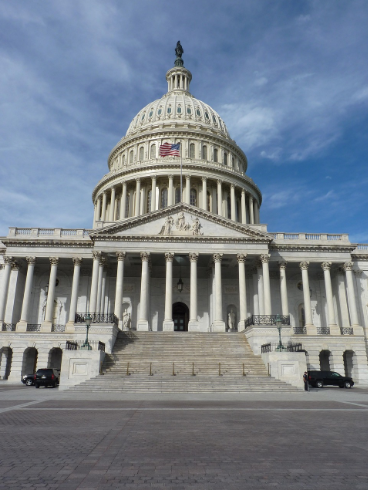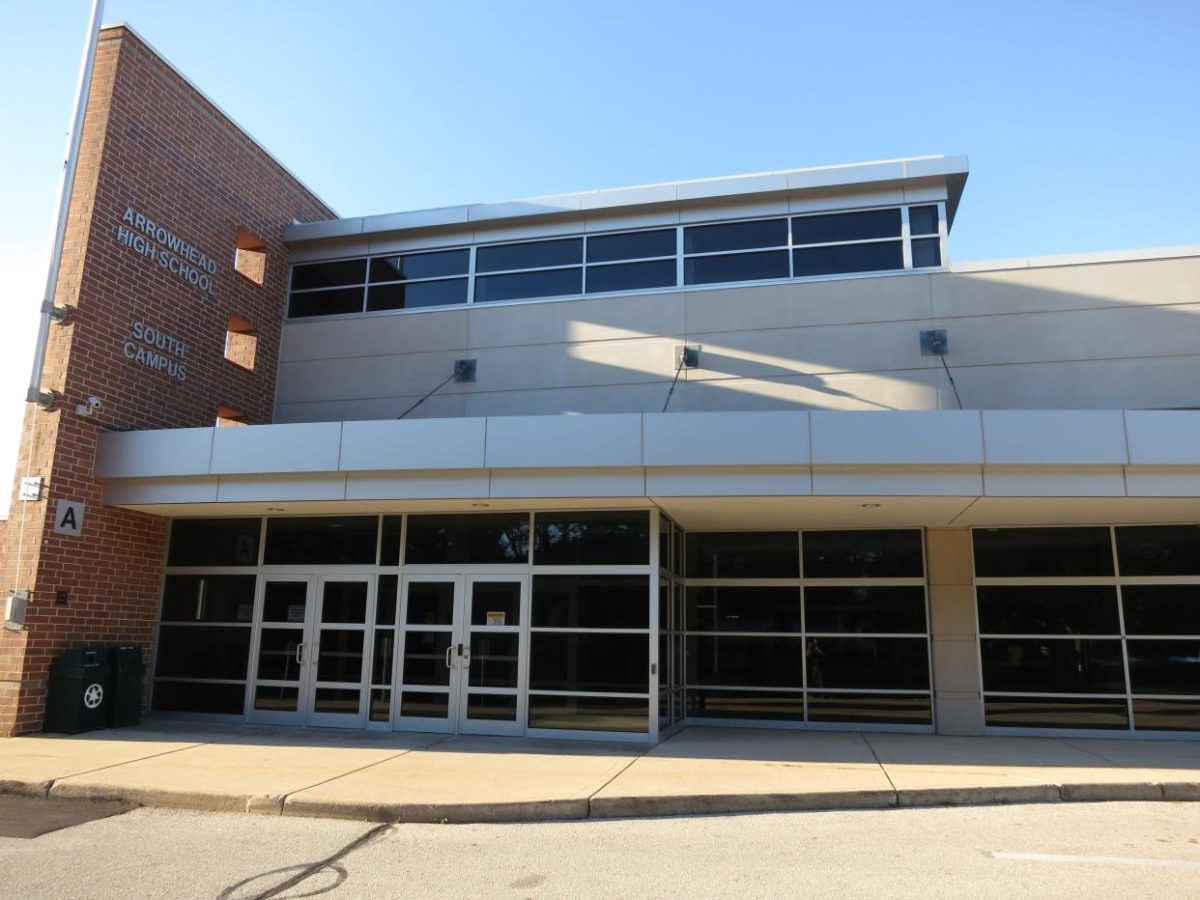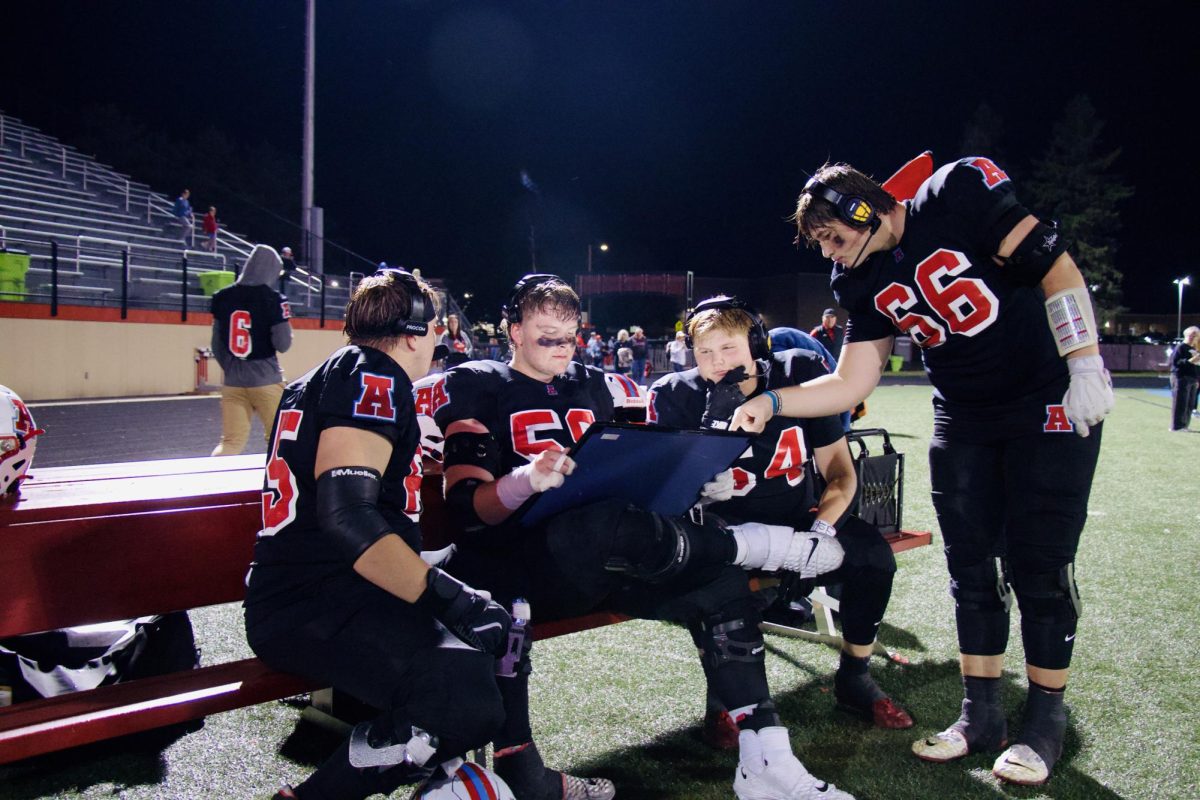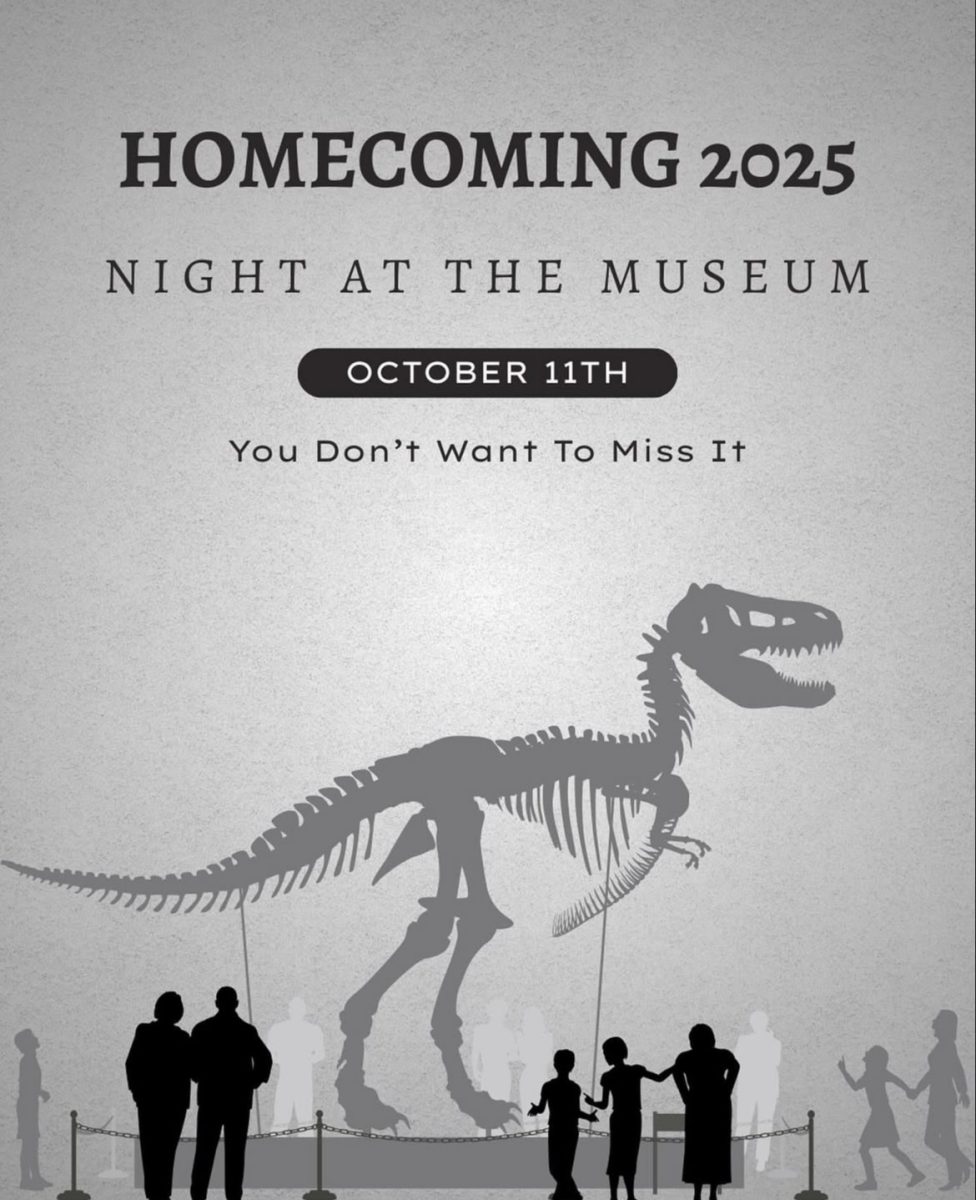
Government shutdowns typically occur when Congress fails to pass the annual appropriation bills necessary for funding federal agencies in the next fiscal year, which begins on October 1st of every year. This year, as the clock struck 12 am, marking the first of October, the government was officially shut down for the first time since 2019.
The reasoning behind the current shutdown is largely centered around healthcare. Since Democrats have refused to support a Republican bill, they believe it will make it more difficult for Americans to afford healthcare. Democrats want an extension of tax credits to make health insurance cheaper and for Trump to reverse his cuts to Medicaid.
The shutdown resulted in a temporary suspension of certain government services that are deemed “non-essential.” Out of these people, it is estimated that roughly 40% will be sent on unpaid leave. One cultural and recreational service that will be affected during this shutdown is the national parks. Although they may remain open, there will be few or no staff, which in the past has led to vandalism and littering.
However, the “essential” services are expected to operate as usual. For example, border protection and law enforcement staff, immigration and customs enforcement agents, and air traffic controllers.
“All of the critical functions of the government will still happen, like Medicare, Medicaid, payment, and social security, so most people won’t really notice a difference,” Mr. Paul, AP macroeconomics teacher at Arrowhead High School, said.
He also added, relating to macroeconomics, “the government is a relatively small part of the economy in total spending, so the economy will be just fine.”
The duration of the government shutdown depends on when, or if, the two political parties reach a compromise to resolve the budget dispute.












